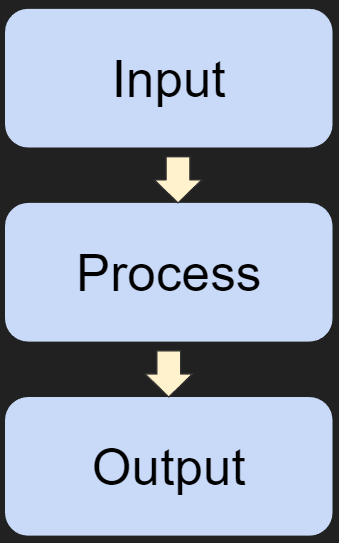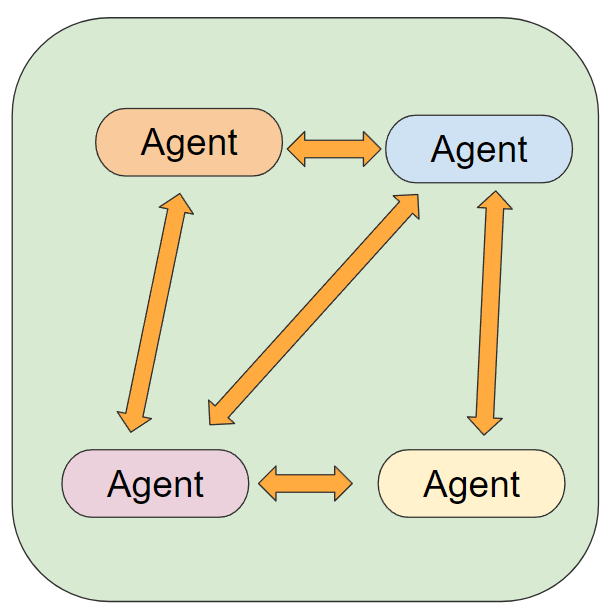Sequential
Sequential Computational Models
Sequential models describe systems or processes that unfold in a linear and ordered manner. They represent a step-by-step progression of events, where each step depends on the preceding one. Sequential models are commonly used in procedural programming and algorithmic problem-solving.
Example use cases
- flowcharts
- state machines
- sequential decision-making processes.
Pros
- Simplicity: Sequential models are often easier to understand and implement compared to parallel or multi-agent models. They follow a linear and intuitive flow of steps.
- Determinism: Sequential models have a clear cause-and-effect relationship between steps, making them predictable and easier to debug.
Cons
- Limited Efficiency: Sequential models may not be efficient for tasks that can be parallelized. They do not take advantage of concurrent execution or available computational resources.
- Lack of Concurrency: Sequential models cannot handle simultaneous operations, potentially leading to longer execution times for complex tasks.
Parallel
Parallel Computational Models
Parallel models represent systems or processes where multiple tasks or operations occur simultaneously or independently. They involve concurrent execution, where different components or units of a system operate in parallel to achieve a common goal. Parallel models are frequently employed in parallel computing and distributed systems to improve performance and efficiency.
Example use cases
- parallel algorithms
- parallel processing architectures
- parallel simulations.
Pros
- Improved Performance: Parallel models allow tasks to be executed simultaneously, resulting in faster processing and improved overall performance.
- Scalability: Parallel models can be scaled by adding more processing units, enabling the system to handle larger workloads effectively.
Cons
- Complexity: Designing and implementing parallel models can be more complex compared to sequential models. Coordination, synchronization, and load balancing among parallel tasks can be challenging.
- Resource Constraints: Parallel models require additional resources such as processors, memory, and communication channels. The availability of these resources may be limited, impacting the feasibility and cost-effectiveness of the parallel model.
Multi-agent
Multi-agent Computational Models
Multi-agent models focus on interactions and behaviors among multiple autonomous entities or agents. Each agent has its own state, goals, and decision-making capabilities, and they can communicate and collaborate with other agents to achieve collective objectives. Multi-agent models are widely used in areas such as artificial intelligence, game theory, social sciences, and robotics.
Example use cases
- agent-based simulations
- multi-agent systems
- swarm intelligence algorithms
Pros
- Autonomy and Flexibility: Multi-agent models allow for autonomous agents with their own decision-making capabilities, enabling flexibility and adaptability in complex systems.
- Collaboration and Emergent Behavior: Multi-agent models can exhibit emergent behavior as agents interact and collaborate, leading to solutions that may not be achievable through individual efforts.
Cons
- Complexity: Multi-agent models can be complex to design and manage, especially when dealing with a large number of agents and their interactions.
- Communication Overhead: The communication and coordination among agents in multi-agent models can introduce overhead and potential bottlenecks, affecting system performance.


